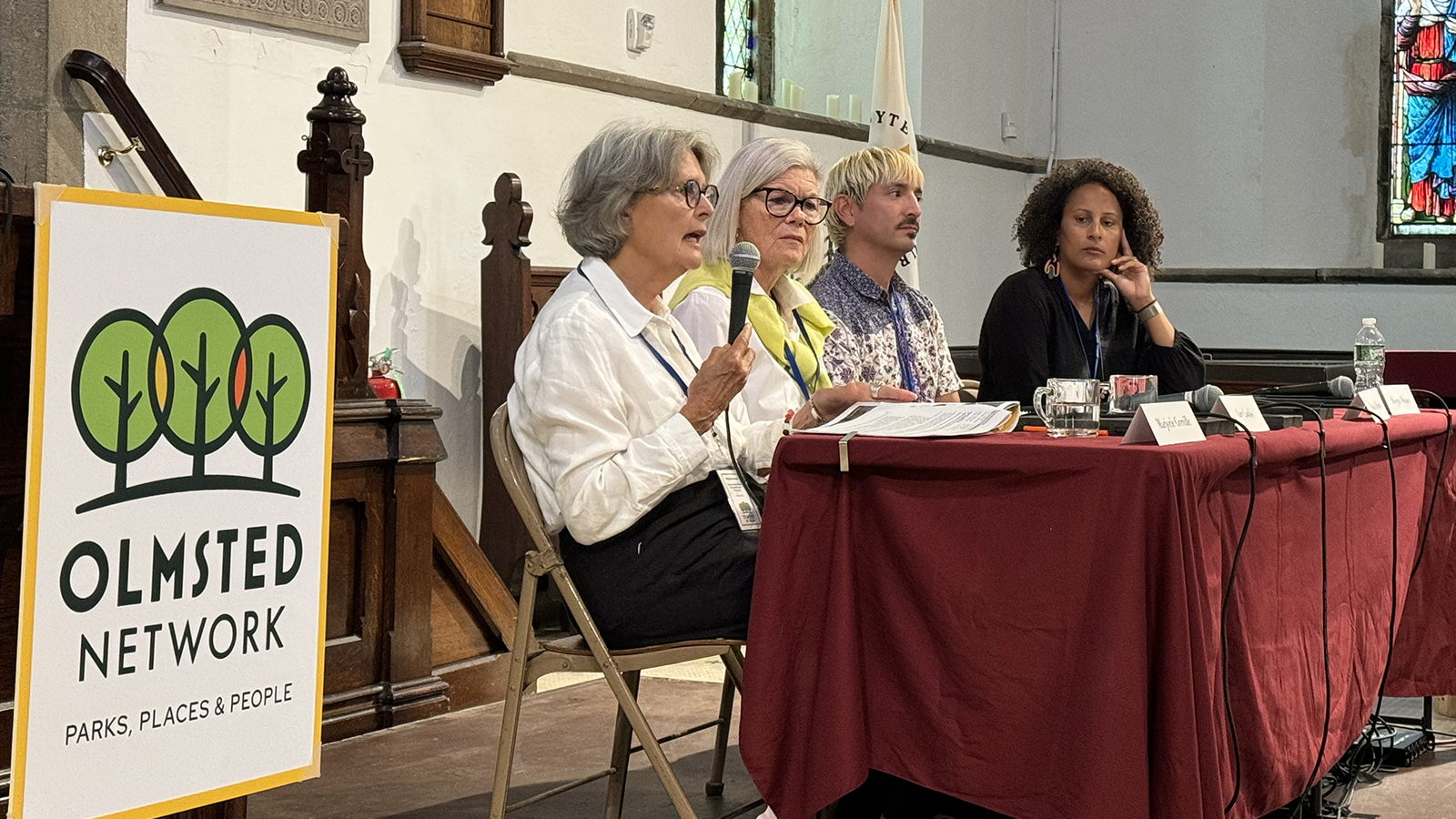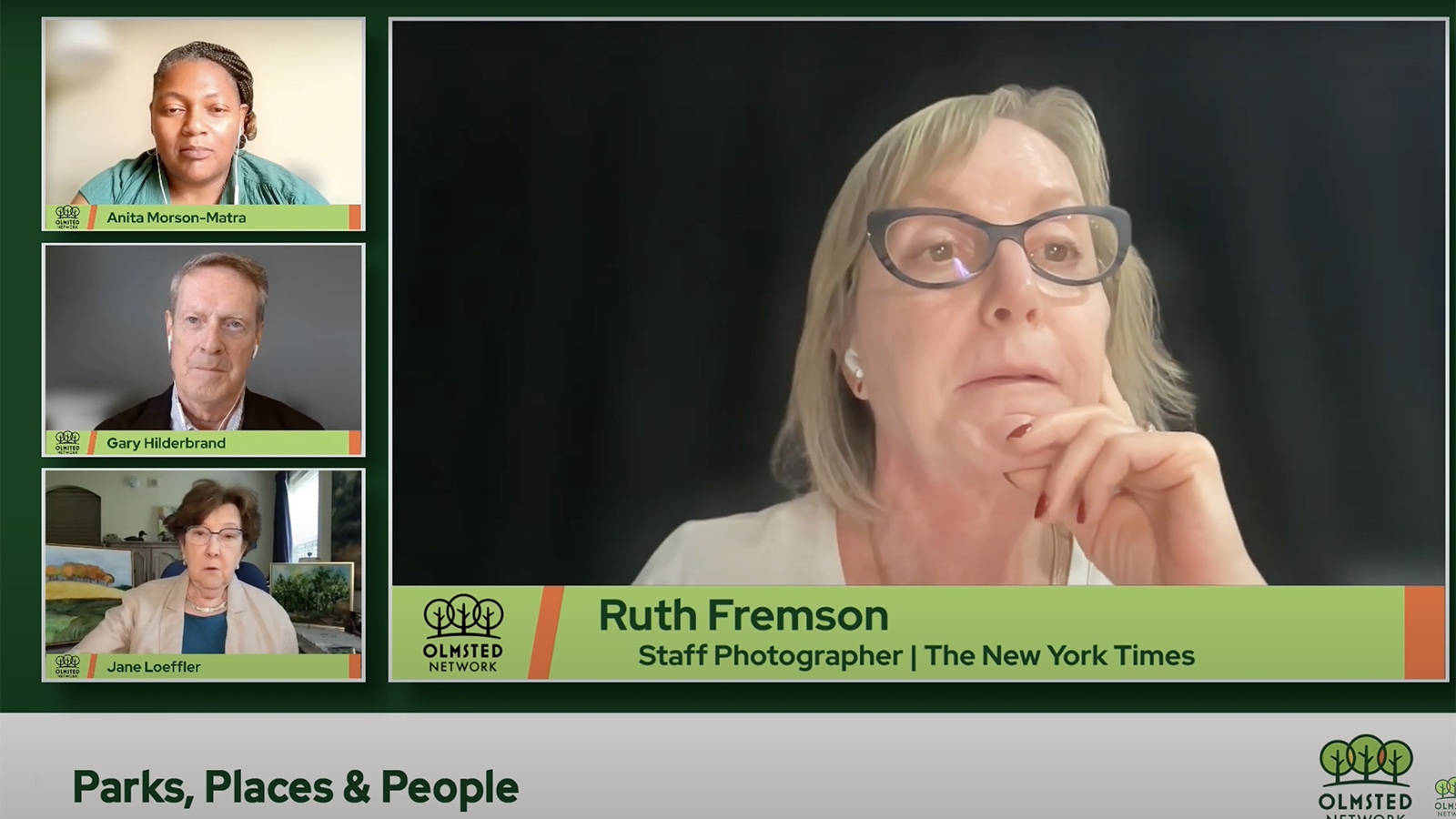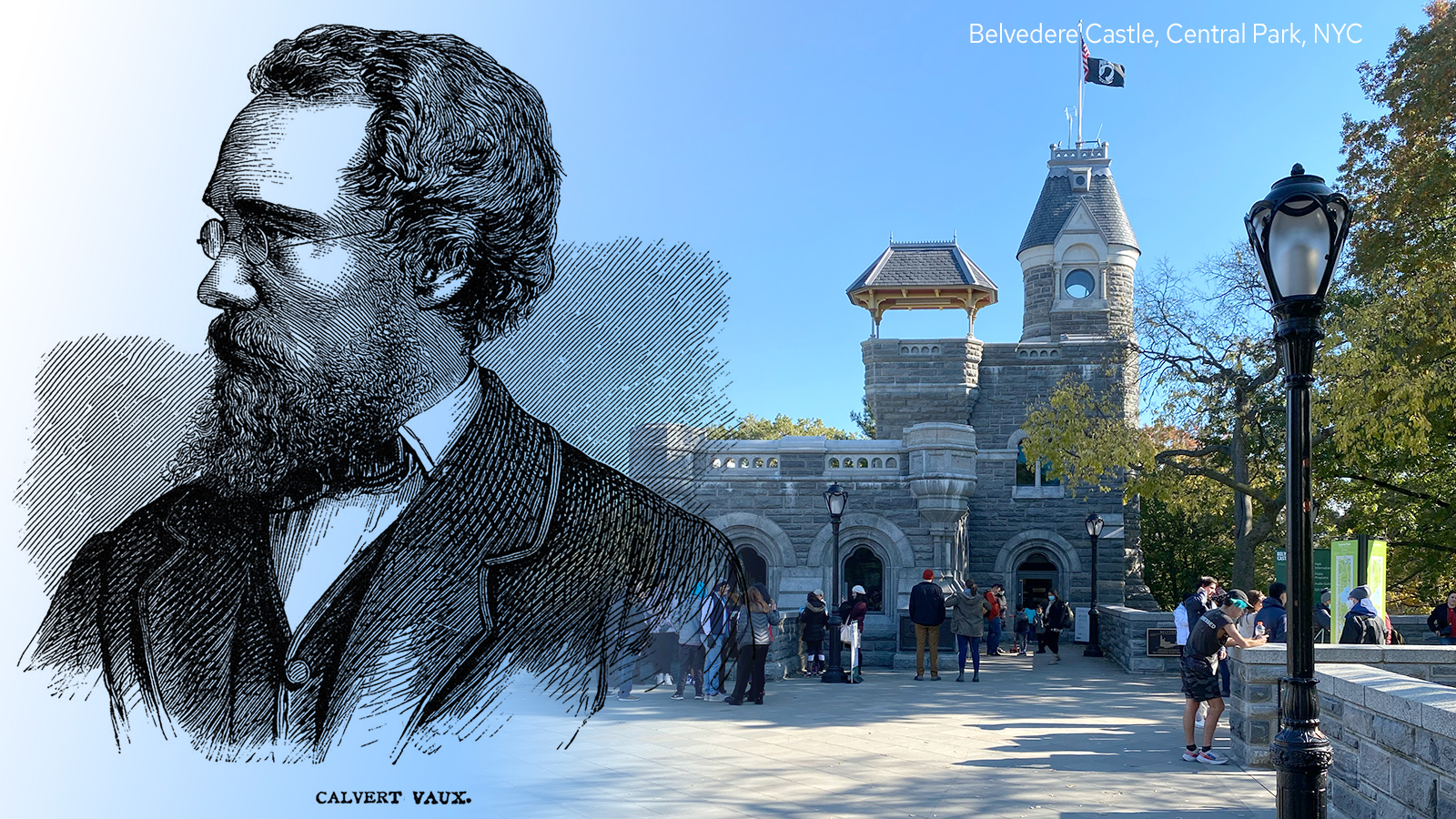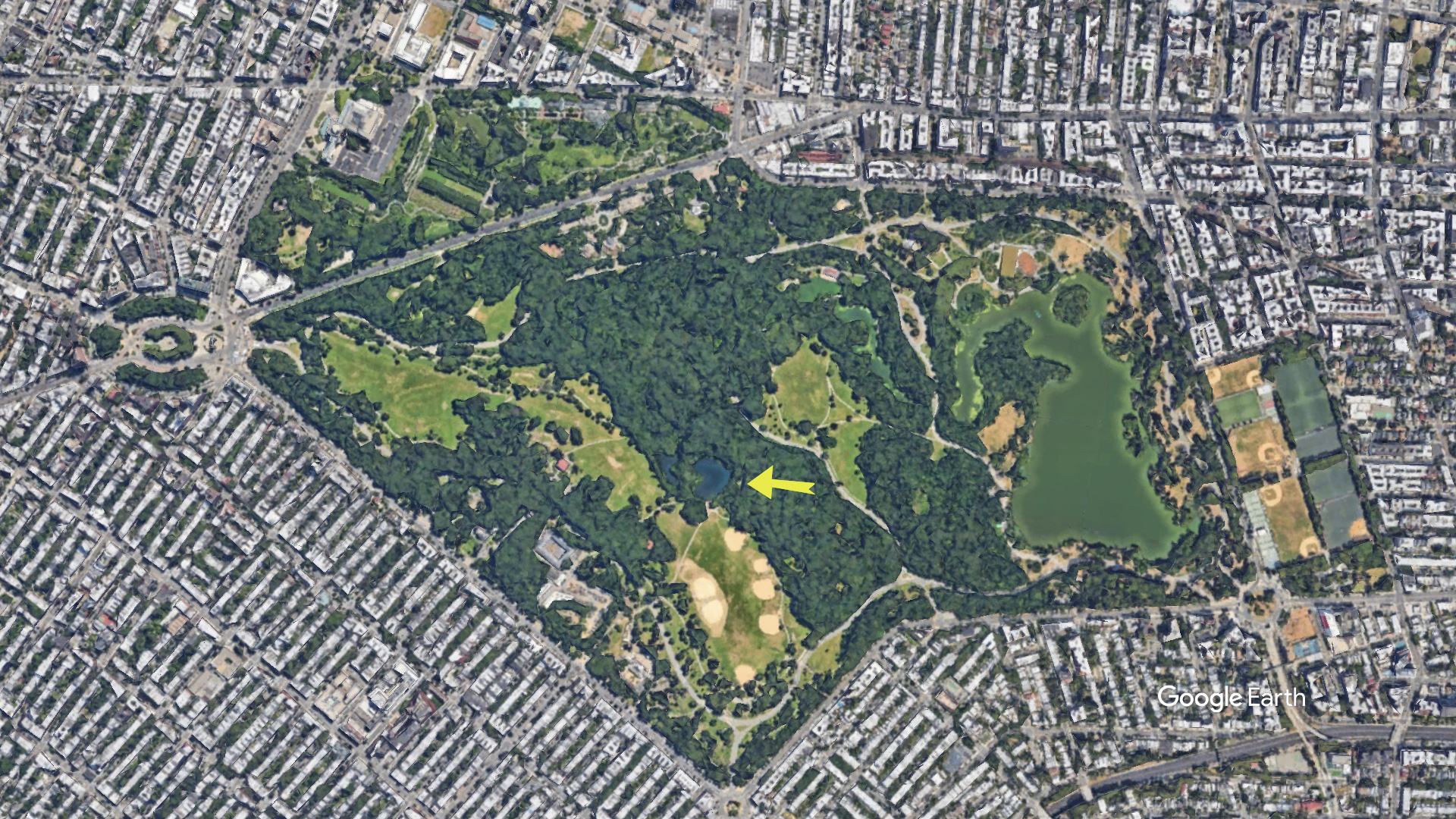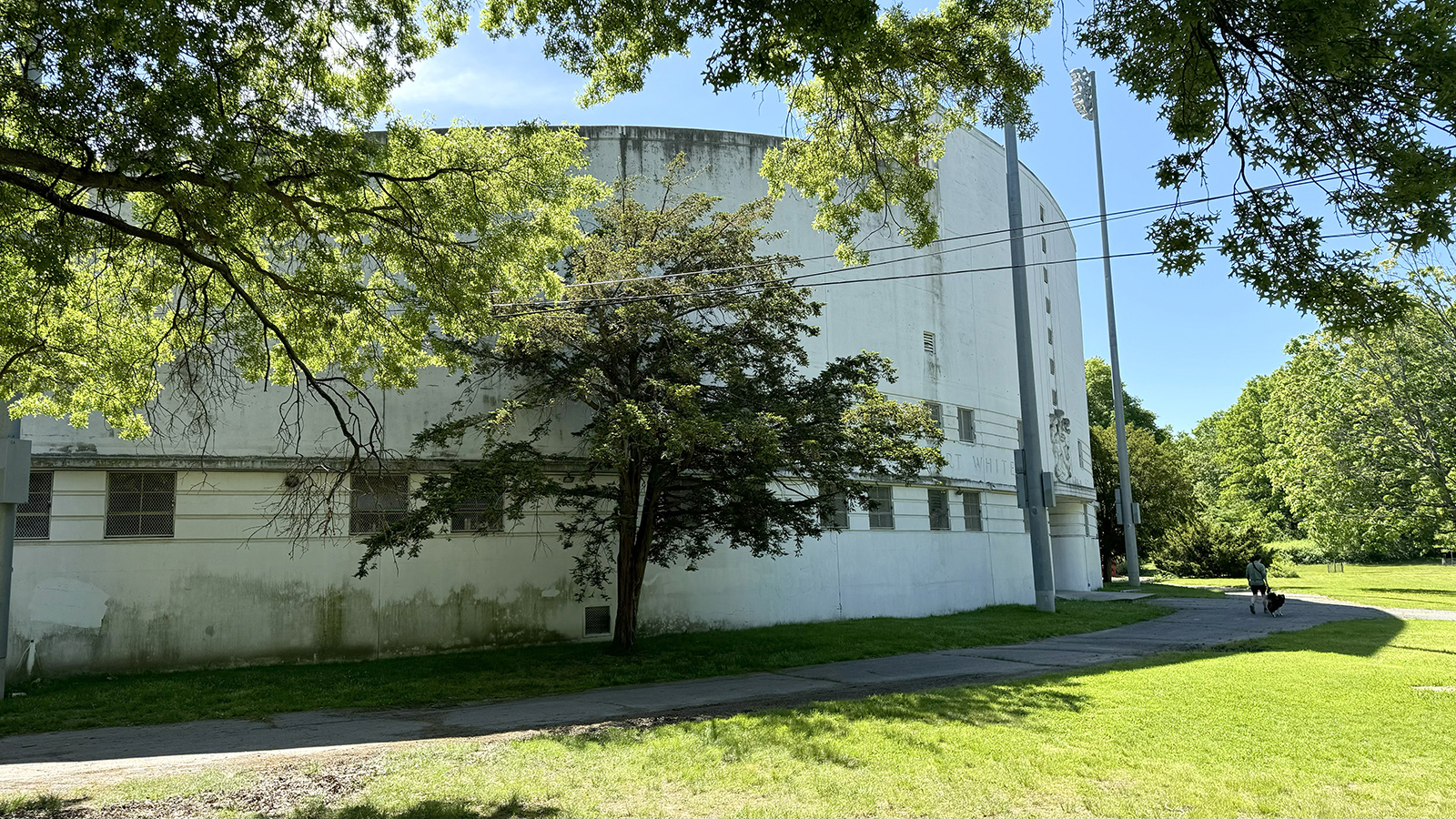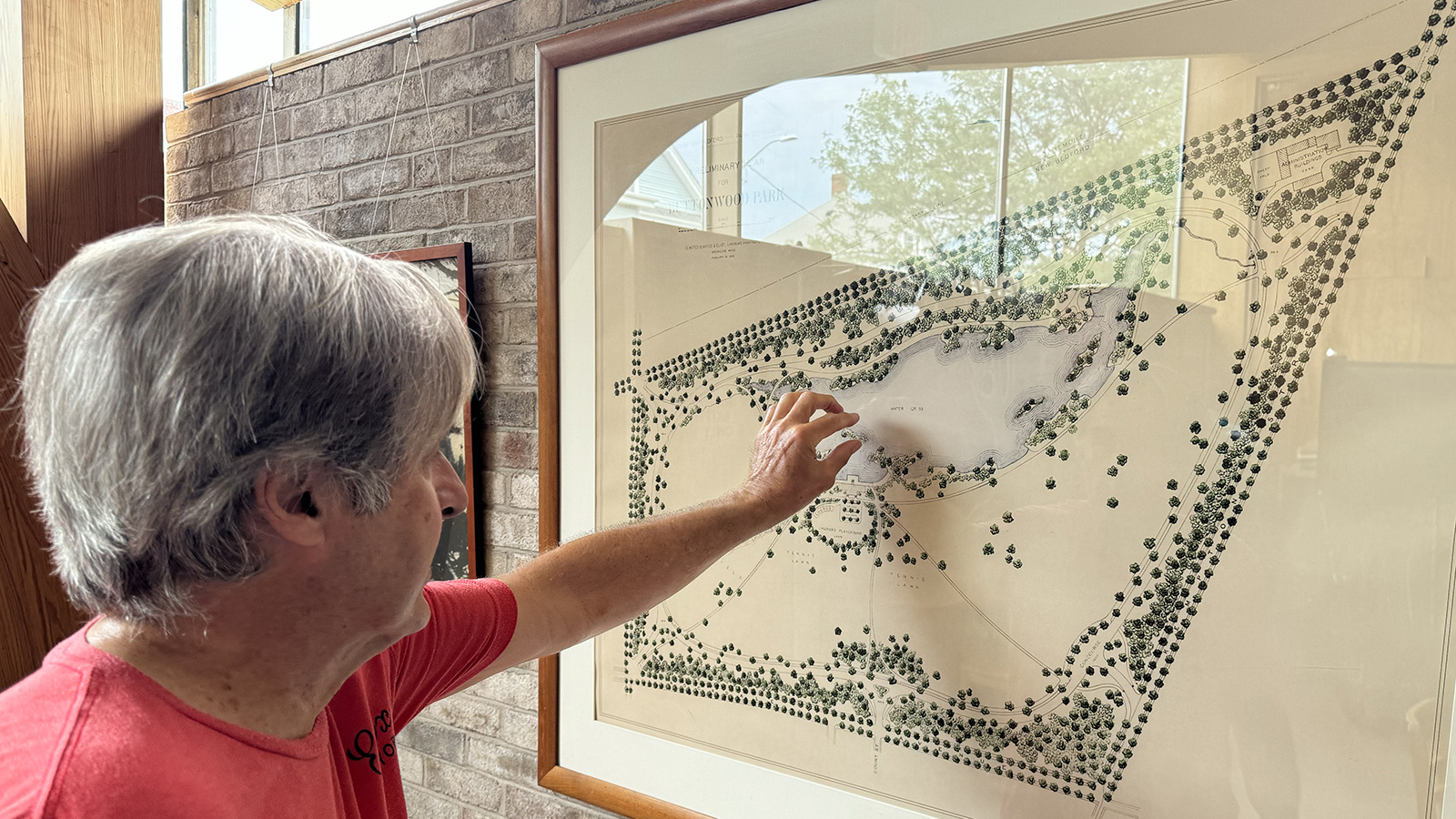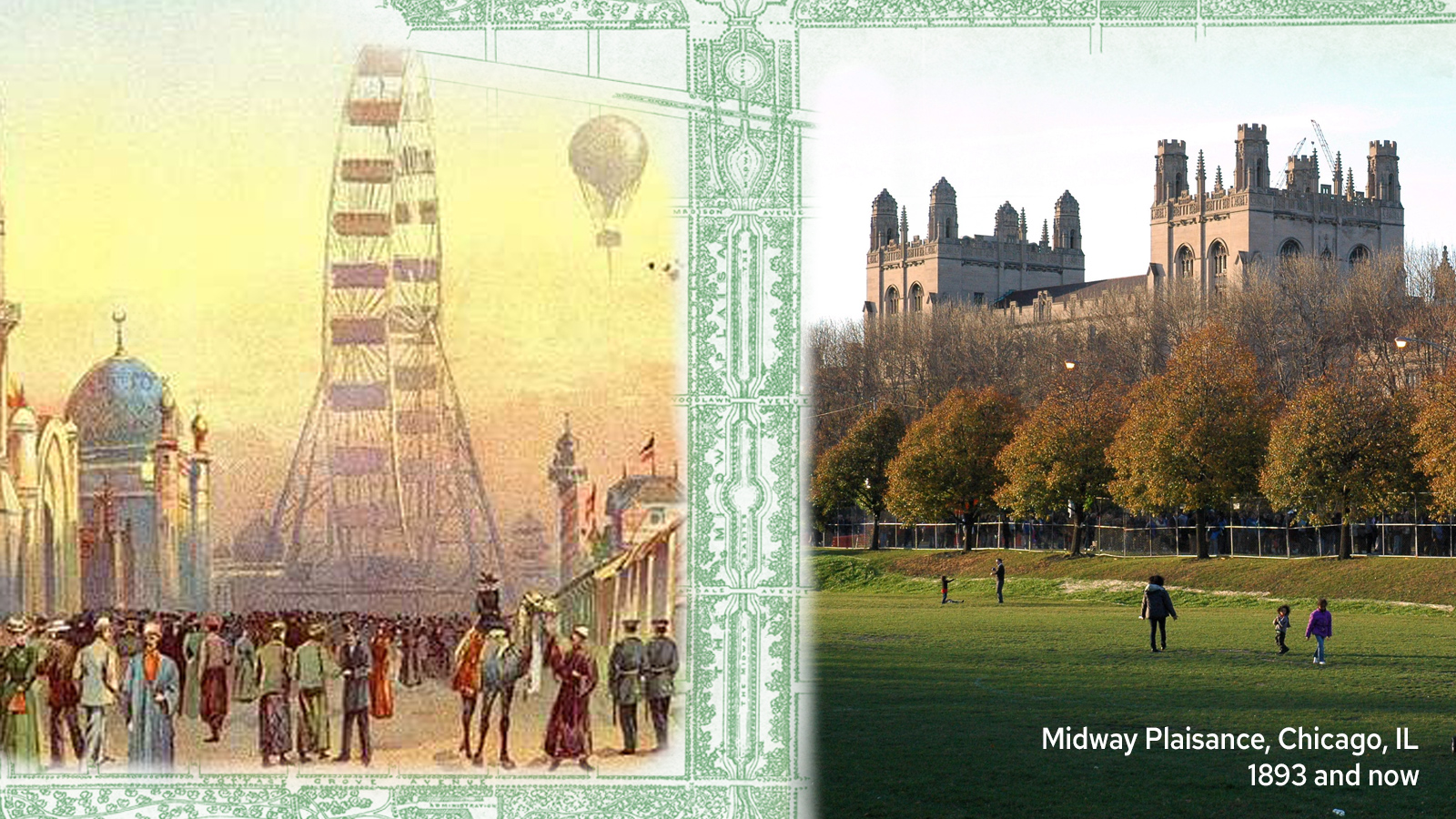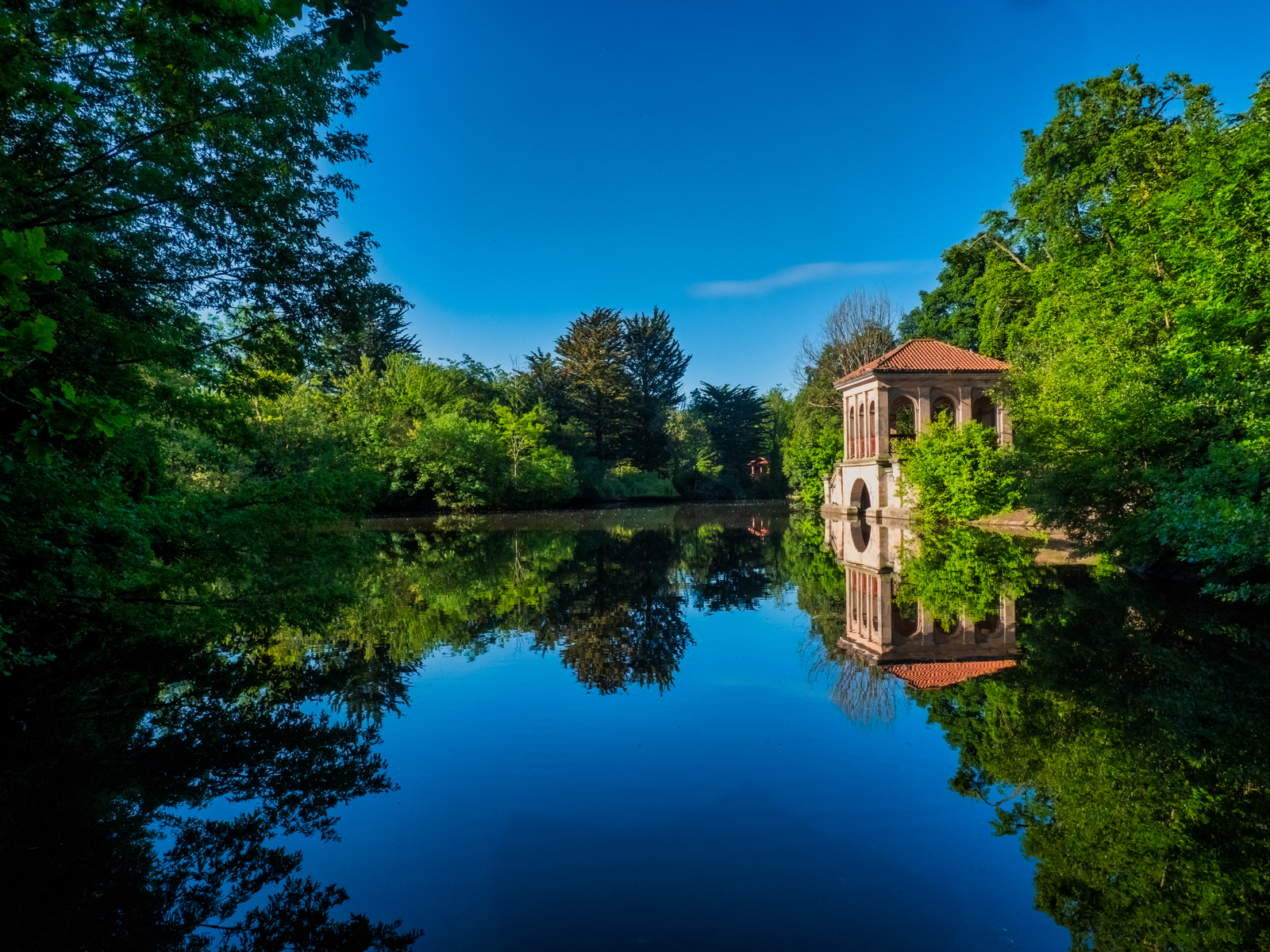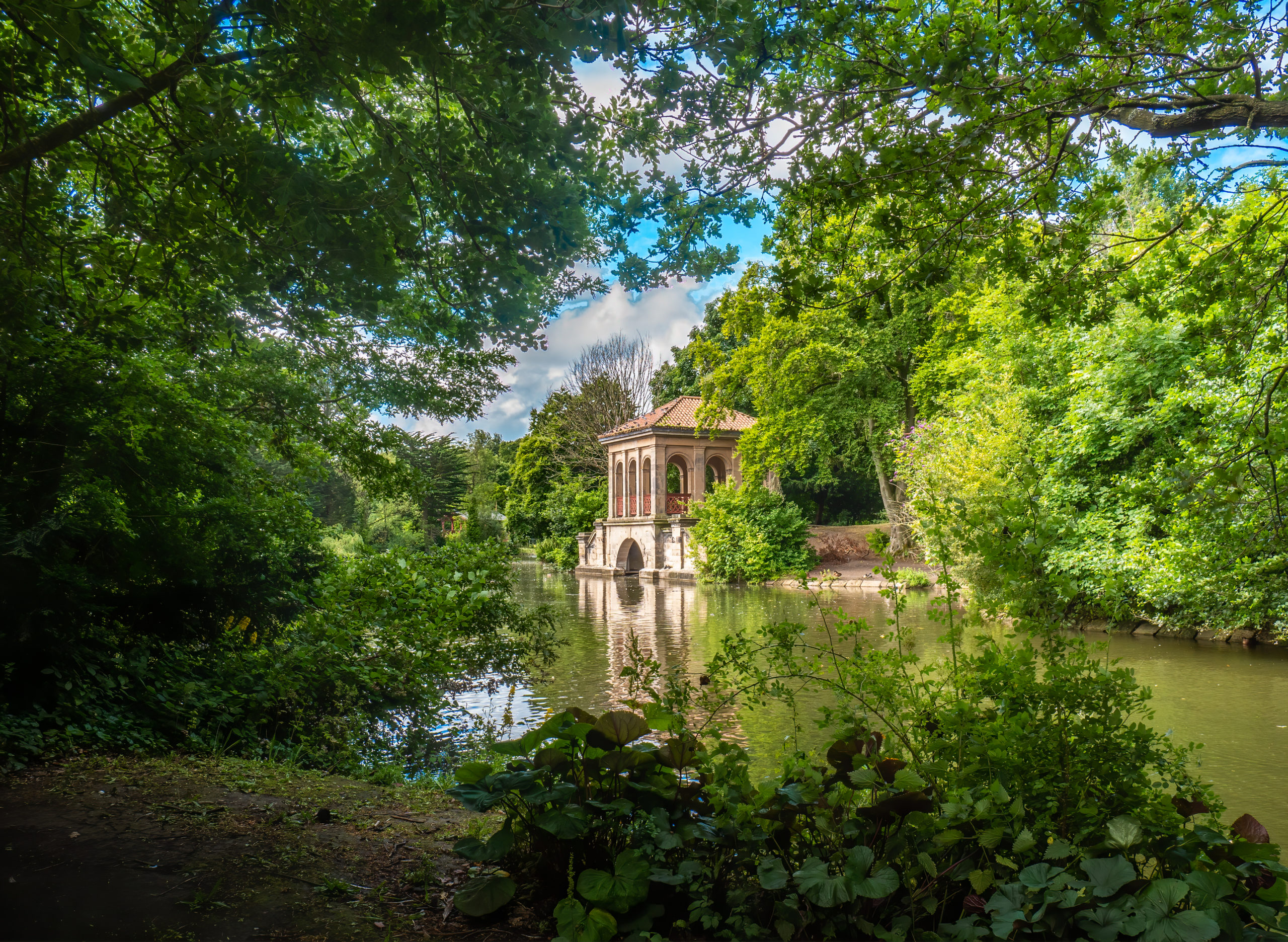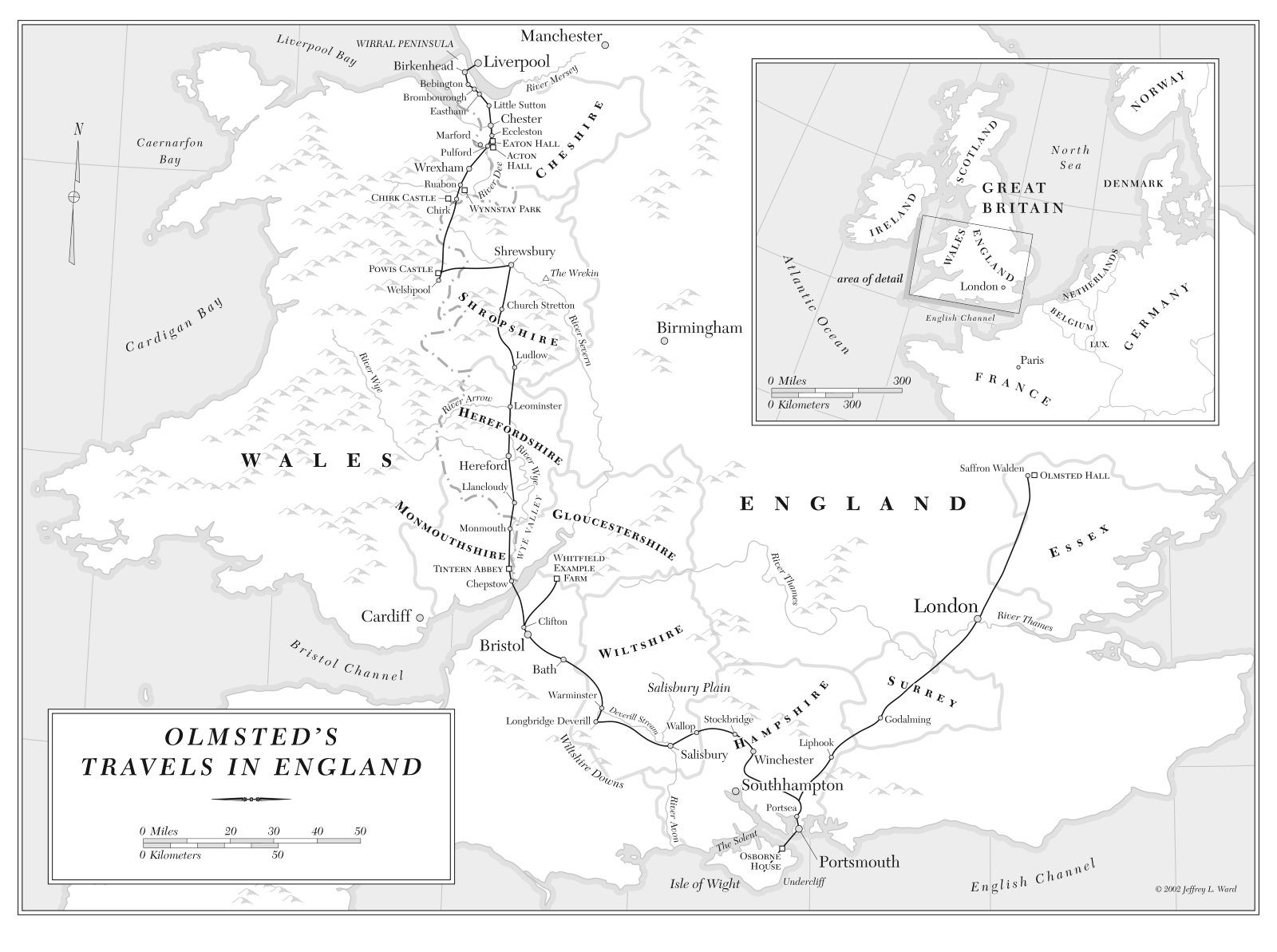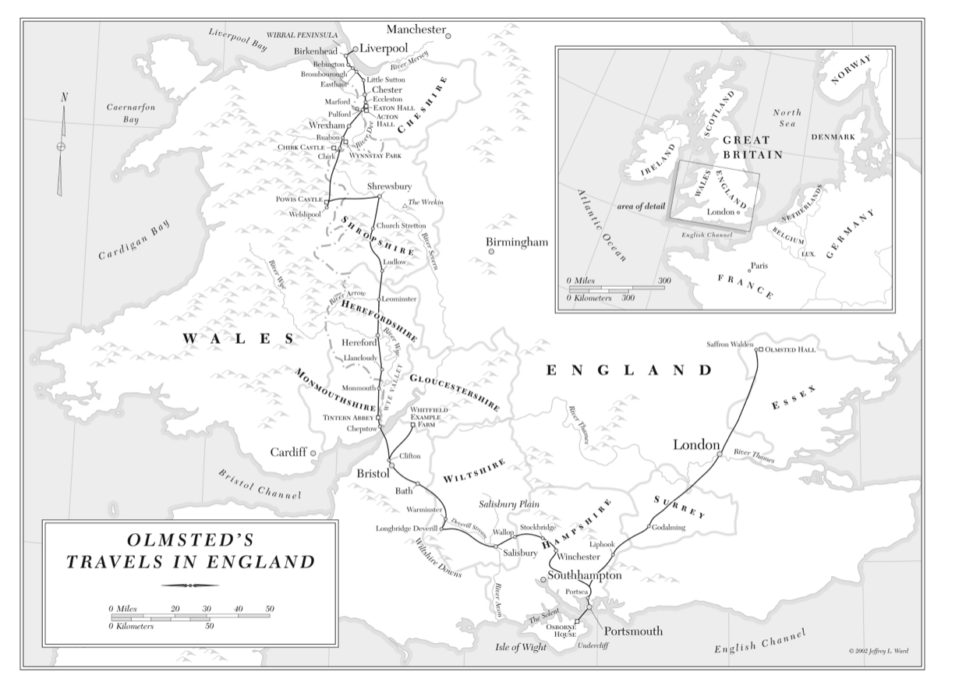
“I trust that [readers] will … come into a warm, good-natured, broad country kitchen fireside relationship with me, and permit me to speak my mind freely … on all sorts of subjects.” So begins Walks and Talks of an American Farmer in England by Frederick Law Olmsted.
Eight years before he won the Central Park design competition and 15 years before he decided to dedicate his life to landscape architecture, a humorous, energetic, outspoken Olmsted set out to see his motherland. And by any definition, the experience was transformative.
Starting at Liverpool and wending his way to the Isle of Wight, Olmsted examined the British country and countryside— farms, parks, castles and churches, politics, boats and drainage, thatch and stonework— learning much and offering an array of opinions that shed light on his evolving thoughts about landscape design and its potential to impact cultural, economic and ecological well-being.
Leaving his Staten Island farm, he traveled for a month with his brother John Hull and friend Charles Loring Brace. At that time, 19th century England and America were facing similar
challenges— rapid population growth, pollution, immigration and urbanization. Landscape design was also a contested area of study as debates about the beautiful, the picturesque and the sublime played out on the verdant landscapes of Merry Olde England.
Taking his cue from books and advice from friends along the way, Olmsted in 1850 (and then on numerous occasions over the next 30 years) visited Birkenhead Park, Chatsworth, Biddulph Old Hall, Trentham, Powis Castle, Chirk Castle, the Isle of Wight and other places. In many cases, these visits elicited pointed observations and clearly shaped his thinking about both landscape design and the role of public spaces in America.
As part of the Olmsted 200 celebration, 12 intrepid pilgrims set out on a trek to retrace Olmsted’s footsteps. Using Olmsted’s own account— published in 1852 by his good friend George Putnam— we sought to see what Olmsted saw, to understand the various experiences that informed Olmsted’s later placemaking. Helping us understand it all were the extraordinary duo of John Phibbs and Gilly Kitching. I’ll aim to outline some of the things learned— and the immense joy of our travels— in this blog.
Read Dede’s full reflection here!
Anne “Dede” Neal Petri, President & CEO, Olmsted Network




